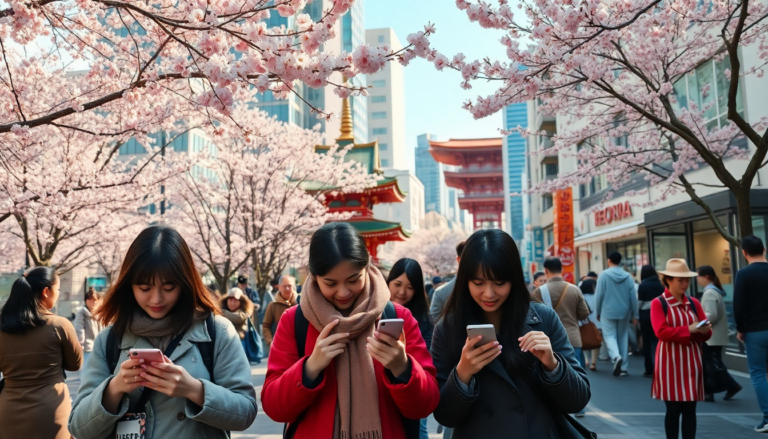Argomenti trattati
As the cherry blossoms bloom and the streets of Tokyo buzz with life, the anticipation for travel to Japan is palpable. Soon, this enchanting land will unveil a new chapter in its travel narrative with the introduction of JESTA, the Japan Electronic System for Travel Authorization. This digital tool, similar to the U.S. ESTA and the U.K. ETA, promises to streamline the entry process for millions of travelers, ensuring a seamless journey into a world where tradition meets modernity.
The Genesis of JESTA
In a recent announcement, Japan’s Minister of Justice, Keisuke Suzuki, revealed the upcoming implementation of JESTA, which will require pre-registration for visitors from 71 visa-exempt countries. Why the shift to an electronic system? It’s Japan’s way of modernizing its immigration processes while managing the increasing influx of tourists—all while safeguarding national security. As the nation aims to welcome a record 60 million visitors annually by 2030, tackling the challenges of overtourism and border management has never been more critical.
At the heart of JESTA is a commitment to not only enhance security but also enrich the travel experience. By collecting essential information like passport details, travel intentions, and even specific contacts, JESTA aims to provide Japanese authorities with a clearer picture of incoming travelers. This proactive approach is vital as it allows for a more organized and informed management of tourism, balancing visitor enjoyment with local community integrity.
Understanding the JESTA Process
So, how does JESTA work? Unlike a traditional visa, JESTA simplifies the entry requirements for citizens of countries like Italy, who can currently travel to Japan without a formal visa. Think of JESTA as a digital pass that must be obtained before departure. This innovation not only speeds up the immigration process but also offers travelers a convenient way to secure their travel authorization.
For those planning a trip to Japan, there’s no need to worry about immediate changes. Initially projected for a 2030 launch, Minister Suzuki has confirmed that the JESTA system will be operational by the end of the fiscal year 2028. Once active, travelers will need to submit their applications online, providing essential information such as the purpose of their visit and accommodation details. One of the perks? Once authorized, travelers will enjoy multi-year validity, allowing for repeat visits without the hassle of reapplying each time.
As for stays, JESTA maintains the existing tourist limit of 90 days without requiring a visa, which is a relief for many who cherish their time in Japan. The introduction of this electronic authorization system will also empower local authorities to monitor entries more effectively, ensuring that visitors adhere to their designated timelines.
While the exact cost of the JESTA application is still under wraps, it’s expected to be comparable to other digital travel authorization systems, likely ranging between 15 and 20 euros. This investment will pave the way for a more structured and enjoyable travel experience, allowing visitors to fully immerse themselves in the beauty, culture, and culinary delights that Japan has to offer.
As we gear up for the JESTA era, let’s embrace the harmony of tradition and innovation that Japan embodies. Whether you’re drawn by the allure of its vibrant cities or the serenity of its countryside, the journey ahead promises to be as rich and rewarding as the flavors of its cuisine. Get ready to discover the stories behind every dish, every street, and every smile in this extraordinary destination.

